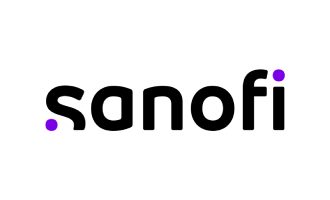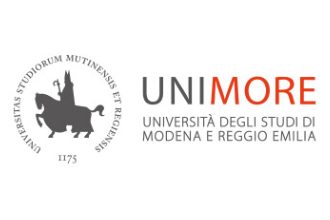Despite continual refinements in traditional chemotherapy and radiotherapy, advancements have been made through drugs targeting specific oncogenic proteins and immune-oncology. However, the battle against most cancers remains far from victorious. This is primarily due to the rarity and diversity of druggable genetic alterations, as well as the limited efficacy of targeted therapies, acquired resistance, and the intricate heterogeneity within tumors.
The conventional focus on mutant cancer cells overlooks the complexity of tumors as ecosystems, wherein malignant cells exist within a microenvironment of normal but corrupted cells, thus contributing to phenotypic diversity or “plasticity.” Metastasis, the cause of over 90% of cancer deaths, is an increasingly understood result of normal regenerative programs co-opted by malignant cells. Metastases share genetic alterations with primary tumors, emphasizing the need to explore undruggable factors such as transcription factors, epigenetics, and signaling factors.
Despite the success of immune checkpoint inhibitors (ICI) in some cases, their benefits are frustratingly limited. This scenario prompts consideration of how Spoke 2 can contribute to its progression. Building on the success of RNA therapeutics, exemplified by the COVID vaccines, this approach offers unprecedented specificity, safety, and flexibility in cancer therapy. Spoke 2 focuses on implementing RNA therapeutics and biomarkers to address cancer trunk addictions, synthetic combinatorial approaches targeting interdependent hallmarks of cancer, and expanding the applicability of ICI.
The strategy of Spoke 2 involves targeting the undruggable, exploring the unconventional, and addressing the unseen aspects of cancer. Research projects will span different Technology Readiness Levels (TRL), with an emphasis on translational potential. Initial steps involve identifying novel targets through omics and artificial intelligence (AI) while concentrating on determinants of tumorigenesis or oncosuppressor circuits. Simultaneously, lower TRL research aims to identify new targets and biomarkers, including non-coding RNA fractions of the cancer genome. The focus extends to both malignant cells and the tumor stroma, with an emphasis on fostering anti-cancer innate and adaptive immunity and discovering diagnostic, prognostic, and treatment response biomarkers through high-throughput sequencing and AI.



















